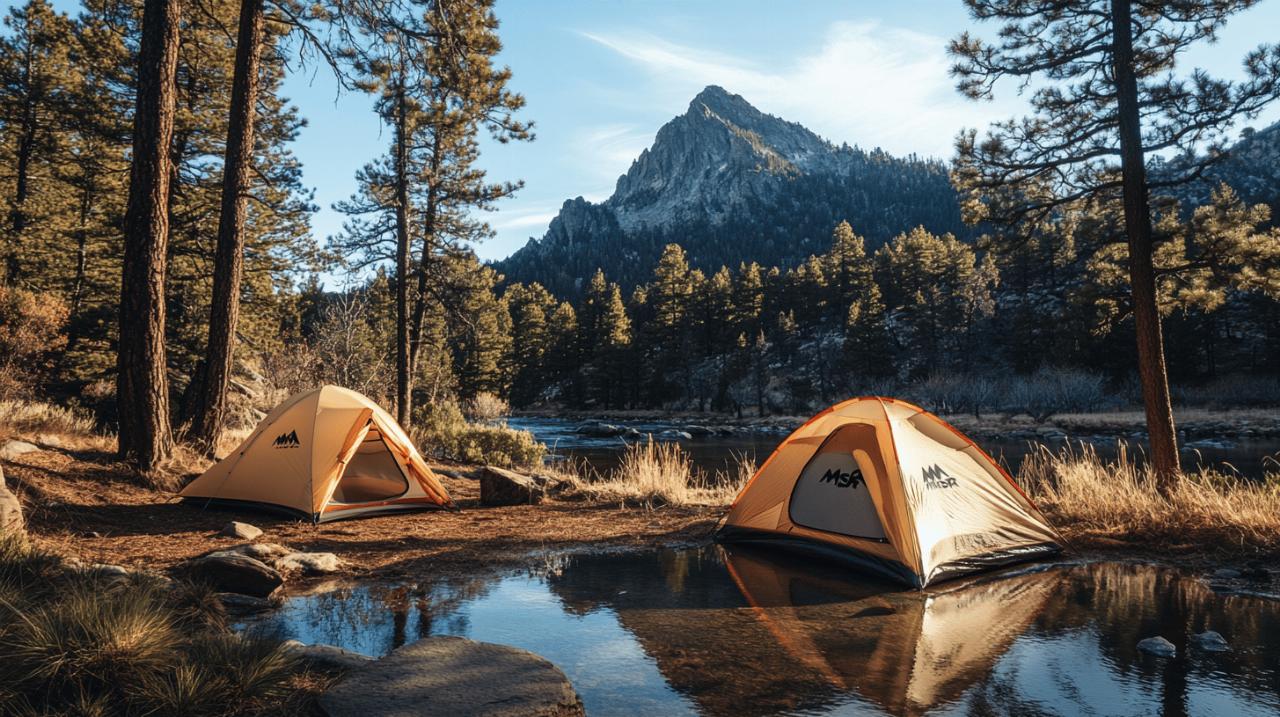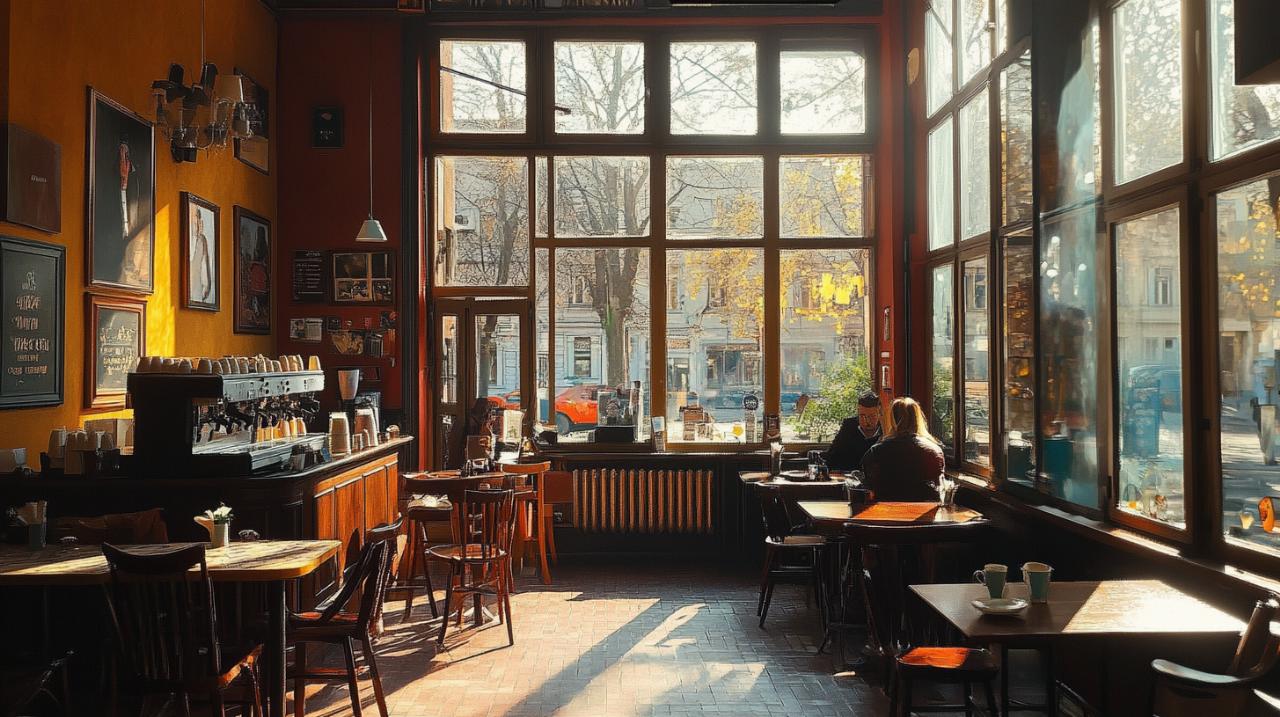Embarking on a historic holiday experience with your four-legged companion can transform an ordinary getaway into an extraordinary adventure. Spain's majestic castles offer unique accommodation opportunities that welcome both you and your beloved pet, combining luxury with pet-friendly practicality in settings straight from a fairytale.
Castle accommodations for pet-friendly holidays
Spain boasts a wealth of historic fortresses and castles that have been thoughtfully converted into accommodation while maintaining their medieval charm. For pet owners seeking a truly memorable holiday experience, these stone sentinels of Spanish history provide spacious grounds and unique atmospheres that both humans and canines can enjoy together.
Finding pet-welcoming spanish fortresses
While Spain may not be the most dog-friendly country in Europe, the situation is steadily improving, with more castle accommodations opening their doors to four-legged guests. One standout example is the Castillo del Buen Amor near Salamanca, located less than two hours from Madrid in Topas. This stunning B&B Castle Hotel welcomes dogs and offers rooms starting under £150 per night. With seven living rooms, expansive gardens, a vineyard, maze, pine forest, and even a saltwater swimming pool, there's plenty of space for your pet to explore safely. The castle dates back to 1227 and once hosted notable guests including Ferdinand II of Aragon and Isabella I of Castile.
When searching for your perfect castle stay, look for the “PerrosBienvenidos” (dogs welcome) stickers or designations. It's advisable to book accommodation well in advance, as pet-friendly options can be limited, especially during peak travel seasons. Castle tourism in Spain is growing in popularity, making early planning essential for securing the perfect pet-accommodating fortress.
What to Expect When Bringing Pets to Historic Properties
Bringing your dog to a Spanish castle requires some preparation and understanding of what to expect. Many historic properties have specific areas where pets are permitted and others where they may be restricted. Generally, castle gardens and outdoor areas are more accommodating for pets, while some interior spaces might have limitations to protect historic furnishings and artifacts.
At Zamora Castle, for instance, dogs are welcomed throughout the fortress grounds, which include a lovely park perfect for dog walks along the Douro River. The castle itself is free to enter with your pet, allowing you both to explore this magnificent structure together. However, when visiting nearby attractions like the Baltasar Lobo Museum next to Zamora Cathedral, be aware that dogs may not be permitted inside cultural institutions.
Preparing Your Pet for a Castle Stay
Ensuring your four-legged friend is ready for castle life requires thoughtful preparation. From documentation to comfort items, proper planning will make your historic accommodation experience smooth and enjoyable for everyone involved.
Essential Items to Pack for Your Four-Legged Companion
When preparing for your castle adventure, pack a dedicated bag for your dog that includes their regular food, familiar bedding, favourite toys, waste bags, and any medications they might need. A collapsible water bowl is invaluable for keeping your pet hydrated during explorations of castle grounds. Depending on the season, consider packing a doggy jacket for cool stone environments or cooling mats for summer visits.
Documentation is crucial when traveling with pets in Spain. Ensure you have your EU pet passport showing proof of microchipping and rabies vaccination administered at least 21 days before arrival. If coming from outside the EU, you'll need a health certificate and possibly a rabies titre test. For departures to non-EU countries, an export certificate may be required. Having a small folder with copies of all veterinary records and accommodation confirmations can save headaches during your castle holiday.
Acclimating Your Pet to the Unique Castle Environment
Castles present a unique environment that may be unfamiliar to your pet. Stone floors, echoing corridors, and unusual sounds can be disorienting initially. Upon arrival, allow your dog time to become familiar with your room before exploring wider areas. Bringing items with familiar scents from home can help create a safe space in your castle accommodation.
Consider the architectural features of historic buildings that might challenge your pet. Steep staircases, narrow passageways, and uneven surfaces require careful navigation. For example, the upper levels of Zamora Castle are accessible only via stairs, which might be difficult for older dogs or those with mobility issues. Taking things slowly and monitoring your pet's comfort level will ensure they adjust well to castle living.
Navigating castle grounds with your pet
 Once settled into your castle accommodation, exploring the grounds with your pet offers a magical experience through centuries of Spanish history. Understanding where and how to navigate these historic sites enhances the experience for both you and your canine companion.
Once settled into your castle accommodation, exploring the grounds with your pet offers a magical experience through centuries of Spanish history. Understanding where and how to navigate these historic sites enhances the experience for both you and your canine companion.
Pet-friendly areas and potential restrictions
Spanish castles vary in their pet policies across different areas of the property. Outdoor spaces such as gardens, courtyards, and surrounding parklands are typically the most pet-accessible areas. At Zamora Castle, dogs can freely roam the entire fortress and enjoy the adjoining park, making it an excellent choice for pet owners seeking comprehensive access.
Indoor spaces may have more restrictions, particularly in castles that double as museums or contain valuable artifacts. Some castle hotels may limit pets to specific areas or room types. Always inquire about any restricted zones when booking and upon arrival. Public areas like dining rooms might have specific pet policies, though many castle hotels with outdoor dining terraces welcome well-behaved dogs at mealtimes, similar to other Spanish eateries that allow pets in outdoor seating areas.
Exploring castle gardens and surrounding landscapes safely
Castle gardens offer enchanting experiences for dog owners, with many Spanish fortresses featuring expansive grounds perfect for leisurely walks. When exploring these historic landscapes, keep your dog leashed in formal garden areas to prevent damage to plantings or encounters with other guests. Many castle properties extend into natural landscapes where supervised off-leash time might be possible in designated areas.
The surroundings of Spanish castles often include spectacular views and hiking opportunities. At Zamora Castle, you can climb the tower with your dog for panoramic views of the city, river, and cathedral. Plan to spend approximately 90 minutes fully enjoying this castle and its grounds. Always bring water for your pet when exploring, as Spanish temperatures can soar, particularly in summer months. Early morning or evening explorations offer cooler conditions more comfortable for your four-legged friend.
Making the Most of Your Pet-Inclusive Castle Experience
Transforming your castle stay into an unforgettable adventure requires planning beyond the accommodation itself. Understanding local pet services and creating meaningful experiences with your dog will enhance your holiday immeasurably.
Local pet services and veterinary care near spanish castles
Research veterinary services near your chosen castle before arrival. While many castle accommodations are in rural locations with gorgeous landscapes, this sometimes means limited immediate access to pet care. Have contact information for the nearest veterinary clinic saved in your phone, and ask your accommodation staff for recommendations upon arrival.
Transportation with pets requires planning in Spain. Small dogs in carriers are generally permitted on public transport, though specific rules apply. On long-distance trains, small pets under 10kg require a ticket costing €10 for certain ticket types. Larger dogs between 10-40kg are allowed on selected AVE train routes including Madrid-Barcelona and Madrid-Valencia for an additional €35. When using the Madrid metro, dogs must be muzzled, leashed, and travel in the last carriage, avoiding peak hours. For complete flexibility, consider hiring a car, which is particularly useful when staying at more remote castle locations.
Creating Lasting Memories with Your Pet in a Majestic Setting
Your castle stay offers unique photo opportunities and experiences impossible to replicate in conventional accommodations. Schedule a sunrise or sunset walk through castle grounds when lighting is magical and fewer visitors are present. These quiet moments allow your dog to explore more freely and create perfect conditions for memorable photographs of your pet in this historical setting.
Consider exploring beyond your castle accommodation to nearby pet-friendly attractions. While visiting Salamanca or Zamora, you'll find numerous dog-friendly historical sites to explore together. Though some attractions like museums typically prohibit pets, old towns and natural sites are often more relaxed about four-legged visitors. In areas surrounding Castillo del Buen Amor, you can explore the countryside with your dog, visiting nearby vineyards that may welcome pets in outdoor tasting areas.
Renting a Spanish castle with your beloved pet creates an extraordinary holiday experience where history, luxury and the joy of traveling with your companion converge. With proper preparation and understanding of pet-friendly options, your castle stay will become a treasured memory of shared adventures in magnificent surroundings that both you and your four-legged friend will cherish.






